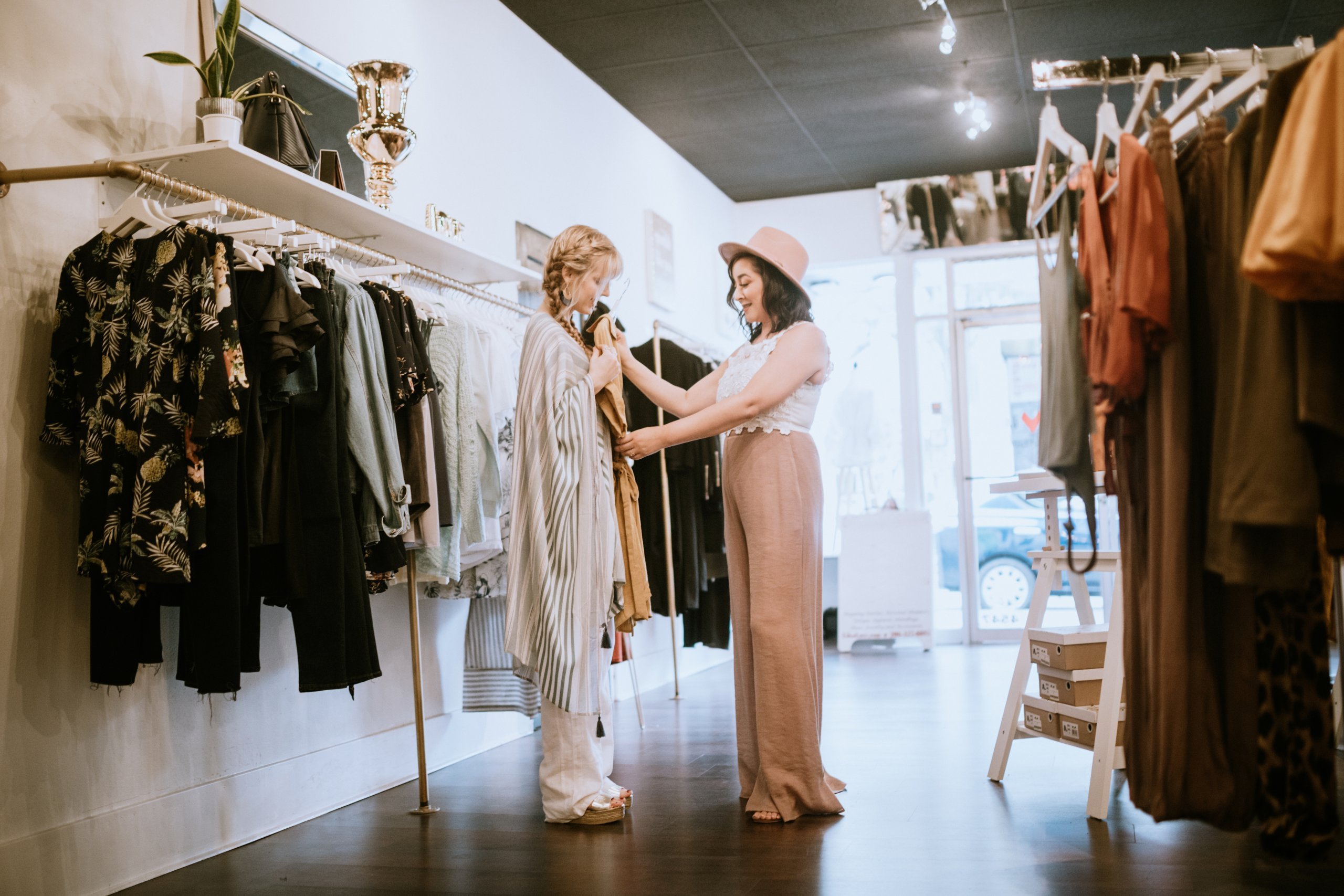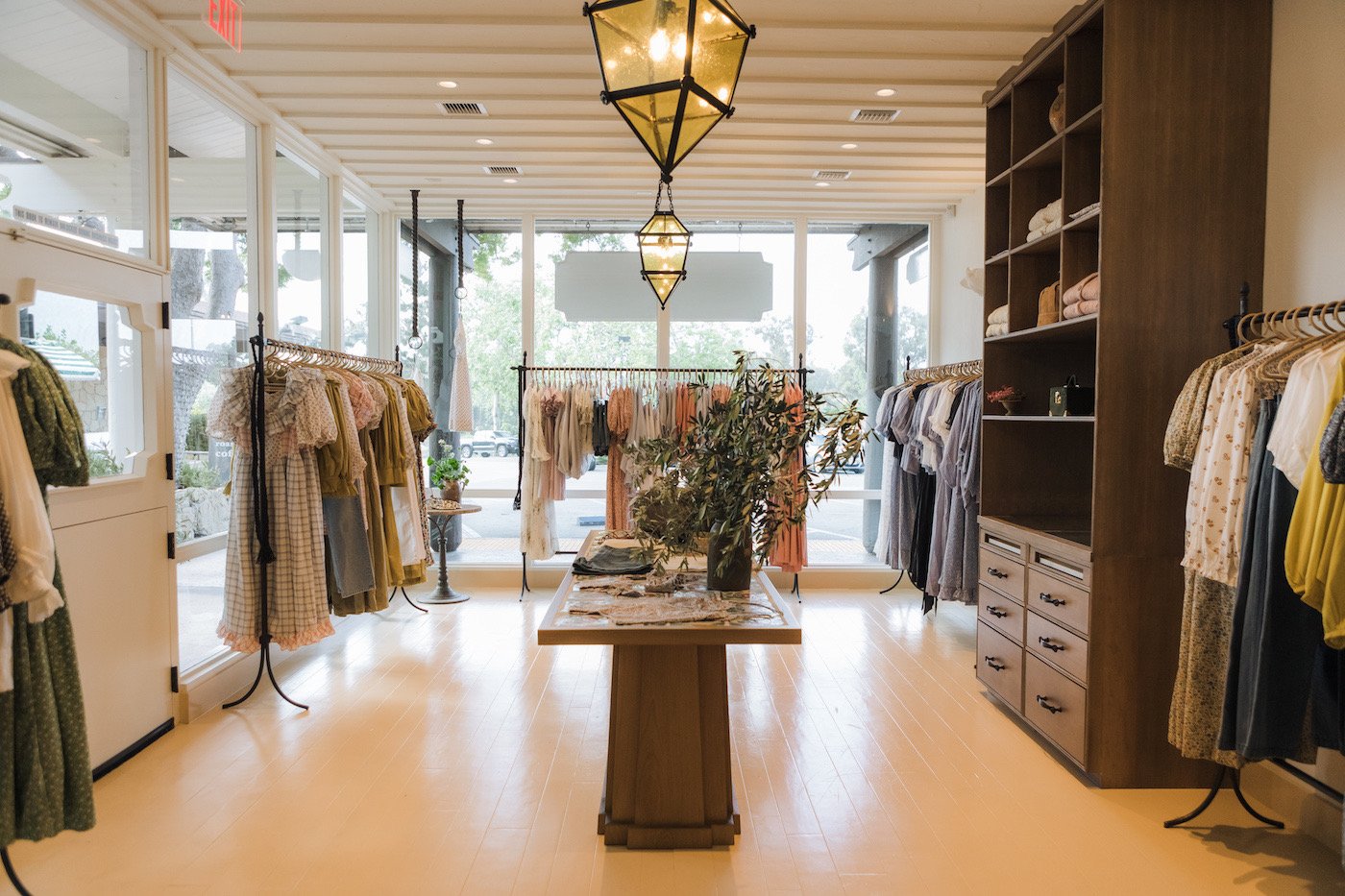Raise Your Wardrobe with Sensational Boutique Fashion Fundamentals
Raise Your Wardrobe with Sensational Boutique Fashion Fundamentals
Blog Article
A Deep Study the Globe of High-Fashion Runways: Recognizing Clothing as Art
Designers, a lot like masterful artists, weave intricate stories with shade, textile, and type, challenging conventional norms and redefining beauty requirements. As we discover these sartorial spectacles, we must ponder: what duty does fashion play in forming societal worths, and exactly how does it reflect the ever-changing tapestry of human feeling and identity?
The Evolution of Runway Shows
The trajectory of runway shows has changed substantially over the years, progressing from special industry occasions to exciting spectacles that mix style with art. Commonly, runway shows were intimate events, kept in ateliers or little venues, largely participated in by customers and market insiders. These early presentations concentrated on the garments' workmanship and industrial practicality, providing a straight and practical screen of seasonal collections.
As the style industry expanded, the nature of path shows began to change. The 1970s and 1980s marked a turning point, with designers seeking to differentiate themselves via more staged discussions.
In recent years, innovation and social media have further transformed runway shows, making them available to a worldwide target market. Livestreaming and electronic systems have actually equalized fashion, enabling fanatics worldwide to witness these events in real-time (boutique fashion). This advancement shows a more comprehensive cultural change, where high-fashion runways work as a dynamic junction of design, efficiency, and technology
Designers as Enthusiast Artists
How have developers transcended their duties to end up being visionary musicians? Designers in the high-fashion sector have actually blurred the lines in between functional garment creation and the conceptual world of art. This improvement appears in the way they approach their collections, not simply as clothing but as profound expressions of emotion, society, and identity. By accepting artistic techniques such as sculpture, paint, and avant-garde installments, designers craft garments that challenge traditional style standards and boost them to art forms.
Visionary designers attract motivation from a myriad of sources, consisting of abstract art, historic references, and personal narratives. They have a special ability to picture and materialize ideas that press the borders of traditional style, commonly redefining visual paradigms in the procedure. This creative resourcefulness is showcased through remarkable silhouettes, ingenious products, and intricate craftsmanship, which invite customers to experience style as more than just wearable items.
In addition, the runway works as a canvas for these musicians, where lighting, songs, and established style coalesce to produce immersive experiences. These presentations are not just displays of clothing yet are managed performances that stimulate emotion and provoke idea, affirming the designer's function as a true musician in the modern social landscape.
Social Influences in vogue
Cultural tapestry weaves its detailed patterns into the textile of fashion, influencing designers globally. The dynamic interchange of cultural tales, customs, and symbols educates and influences collections that poise high-fashion runways.
The influence of culture on fashion is often seen in the reinterpretation of typical garments and patterns. The usage of Japanese kimonos, Indian saris, or African prints in modern style mirrors a blend of check over here social authenticity and modern looks. helpful site Developers such as Valentino's Pierpaolo Piccioli and Alexander McQueen's Sarah Burton have actually been understood to include abundant social concepts into their couture collections, equating background into wearable art.

Advancement in Textile and Design
Development in material and layout consistently reshapes the landscape of high-fashion, pressing boundaries and redefining opportunities. In the last few years, technological innovations have considerably added to this development, introducing products that test standard understandings. Textiles embedded with smart fibers, efficient in transforming shade or controling temperature, are no more confined to the world of scientific research fiction. Developers are significantly exploring the combination of innovation, such as 3D printing, which enables the creation of complicated frameworks that were formerly unimaginable.
Additionally, sustainability has come to be an essential theme in textile development. The garment industry is seeing a surge in making use of green products, derived from recycled plastics, organic fibers, and even eco-friendly parts. These advancements not just supply brand-new structures and aesthetics yet also address important ecological worries. Developers are accepting these products to craft garments that are both aware and visually striking of their eco-friendly footprint.
In regards to design, experimental types and avant-garde silhouettes are constantly changing the runway. By integrating cutting-edge techniques and non-traditional materials, developers grow garments that blur the line between fashion and art, setting brand-new criteria for creativity and expression in the high-fashion sphere.
Impact of Fashion on Culture
Fashion possesses an extensive influence on society, offering as both a representation of cultural identification and a driver for social change (boutique fashion). Through its advancement, style has mirrored societal changes, encapsulating the zeitgeist of numerous ages.
Additionally, fashion has the power to bridge social spaces, promoting understanding and gratitude amongst varied teams. As globalisation accelerates, the cross-cultural exchange company website of fashion concepts comes to be increasingly significant, promoting inclusivity and diversity. The rise of streetwear, stemming from city subcultures, shows how style can transcend socio-economic limits, granting people a method of self-expression and empowerment.
Fundamentally, style is not merely regarding aesthetics; it is a dynamic pressure that influences values, perspectives, and societal progression (boutique fashion). By continuously engaging with cultural and social currents, style continues to be an indispensable part of the collective human experience

Final Thought
Designers, akin to visionary artists, orchestrate collections that mirror identification, emotion, and cultural stories, challenging traditional aesthetic appeals. This intersection of style and creativity not only astounds audiences worldwide yet likewise influences social understandings and advertises a deeper appreciation for social diversity.

Social tapestry weaves its intricate patterns into the textile of style, influencing developers around the world.Fashion wields an extensive impact on society, offering as both a reflection of social identity and a stimulant for social modification.
Report this page